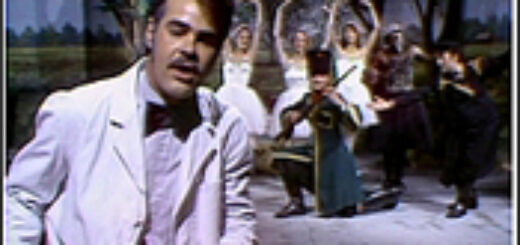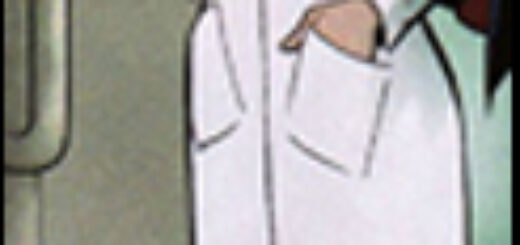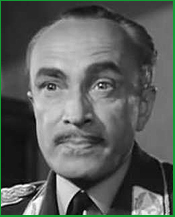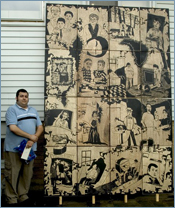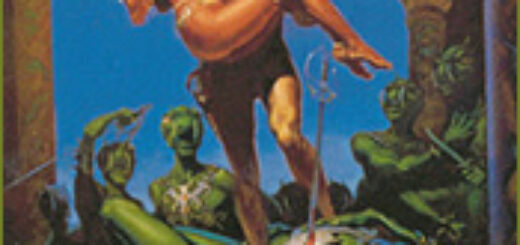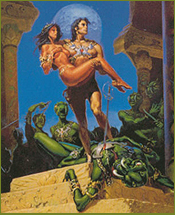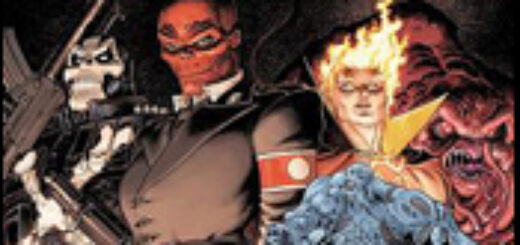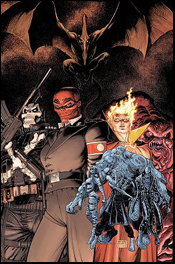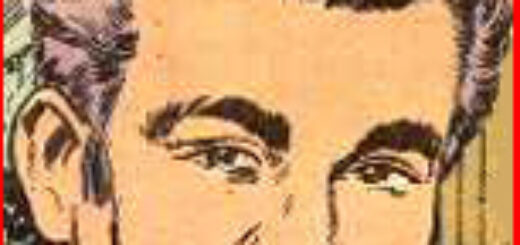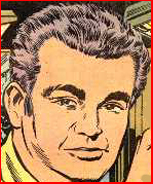MIKE GOLD On Criticism And Critics
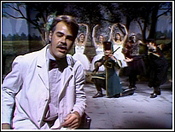 Of all the characters Dan Ackroyd played on Saturday Night Live back when the show was actually funny and clever, my favorite was a guy named Leonard Pinth-Garnell, a tuxedoed teevee critic who hosted segments called, alternatively, Bad Playhouse, Bad Cinema, Bad Ballet, and so on. Whereas the premise was obvious, the ambiance was brilliant. Pinth-Garnell was an über-snob, the kind who pontificate with their noses so high up in the air you’d think they’d drown in a light drizzle.
Of all the characters Dan Ackroyd played on Saturday Night Live back when the show was actually funny and clever, my favorite was a guy named Leonard Pinth-Garnell, a tuxedoed teevee critic who hosted segments called, alternatively, Bad Playhouse, Bad Cinema, Bad Ballet, and so on. Whereas the premise was obvious, the ambiance was brilliant. Pinth-Garnell was an über-snob, the kind who pontificate with their noses so high up in the air you’d think they’d drown in a light drizzle.
Needless to say, damn near everybody who ever applied letters to opinions has a bit of Leonard Pinth-Garnell in him, her, or it. Some of us try to keep him locked up in a dark corner of our brainpans, but he keeps on popping up on our shoulder like the devil that torments Donald Duck, or, more to my point, Tom Hulce in Animal House.
Then the Internet came along and freed our inner-Pinth-Garnell. Now we had a forum where we could say anything. Of course, with great power comes great dues and we have to subject ourselves to comments from the masses. As I see from elsewhere on the Wild Wild Web – certainly not here at ComicMix, where I have come to regard our commenters as family – some responses can be quite abusive.
Well, what goes around comes around.
The problem with criticism is that, categorically, it’s like shooting ducks in a barrel. It’s simply too easy to criticize someone for doing something you didn’t like. Of course, when you do you’re pissing off all those people who did like your target. Doubtlessly, you are aware of the famous aphorism known as Sturgeon’s Law: “ninety percent of everything is crap.” This led to my own definition of a cynic: “he who believes Sturgeon was being conservative.”
Here’s something that confirms your suspicion: occasionally, some critics (never me, of course) often are exploiting their target so they can get their audience all riled up and generate a lot more page-site hits, which inure to the benefit of the advertising revenue. My dear friend, author Max Allan Collins, once referred to this technique as “tossing a hand grenade into the audience and then throwing your body on top of it,” and nobody does that with a bigger smile on his face than Mr. Collins, my generation’s version of Richard L. Breen.
Such criticism is among ComicMix’s raisons d’être. Whereas I do not impose these (or hardly any other) standards upon our sundry columnists and commenters, I strive to be informative in this acre of bandwidth. I like turning people on to cool stuff they might not have come across, or, better still, they were considering but hadn’t decided upon. Like all writers I admire a well-turned phrase, particularly my own. The reason why I never got a vanity plate is because back in my First Comics days Rick Oliver and I saw a car license that read “BLIND.” I can’t beat that one.
Occasionally, we all come across an unavoidable target: one so well promoted that commentary is necessary to preserve the greater societal sanity. This is often known as “the Emperor’s New Clothes,” or “What is Frank Miller doing next?”
Yeah, a little Leonard Pinth-Garnell every once in a while sure is good for the soul.
THURSDAY: Dennis O’Neil and Batwoman

